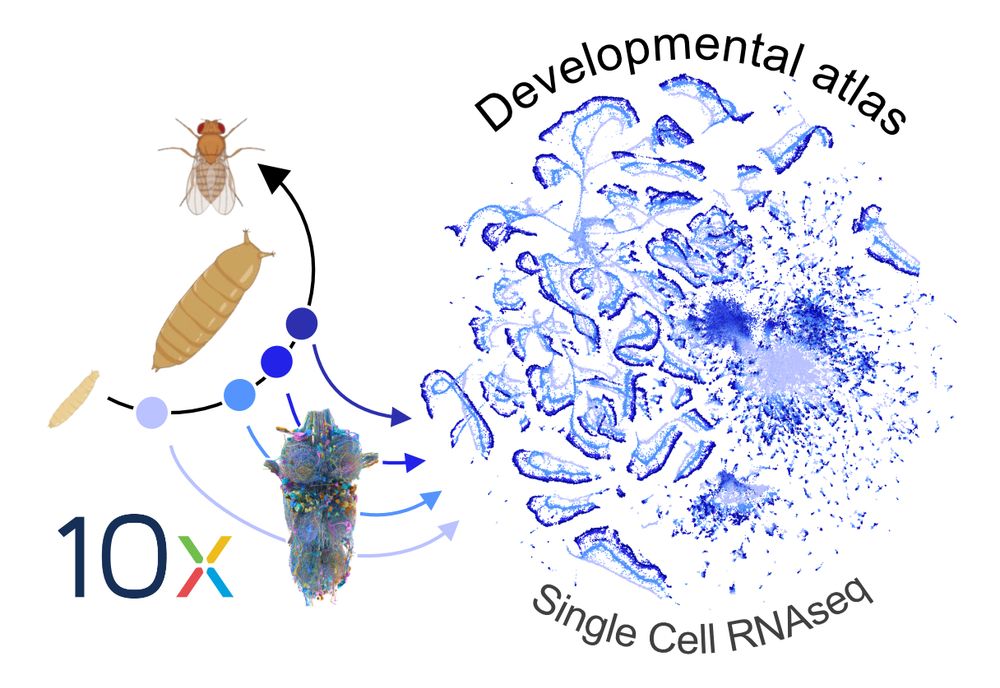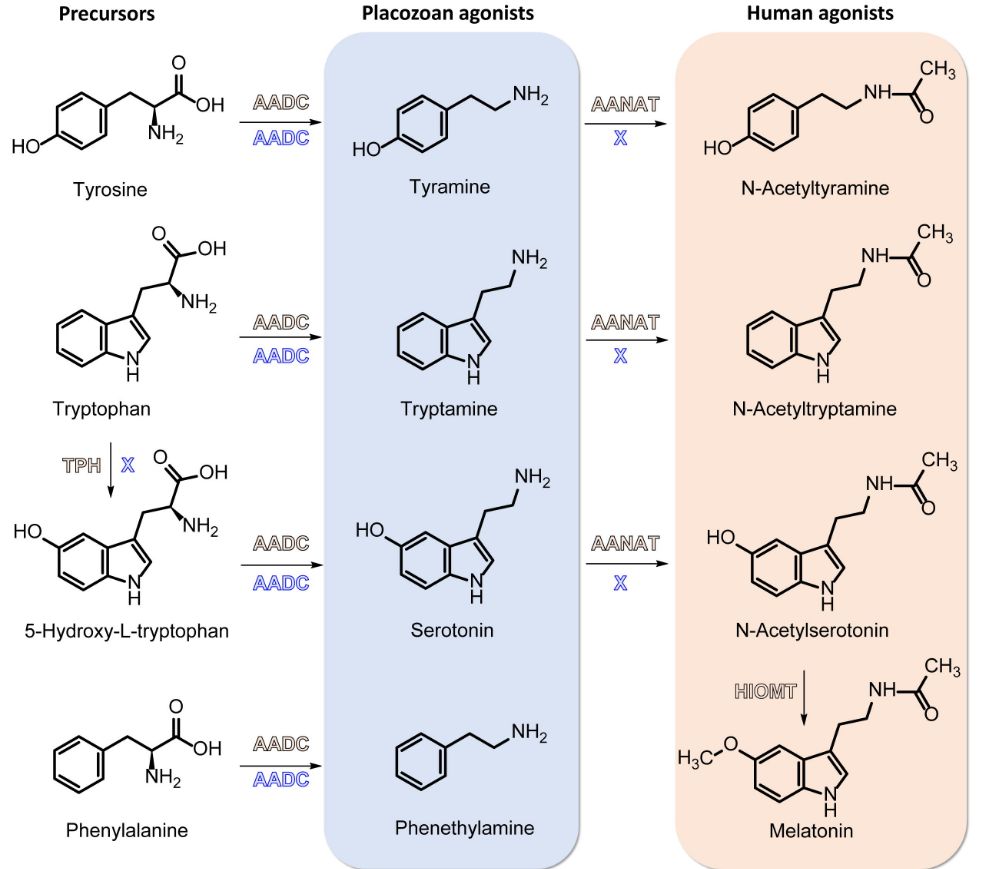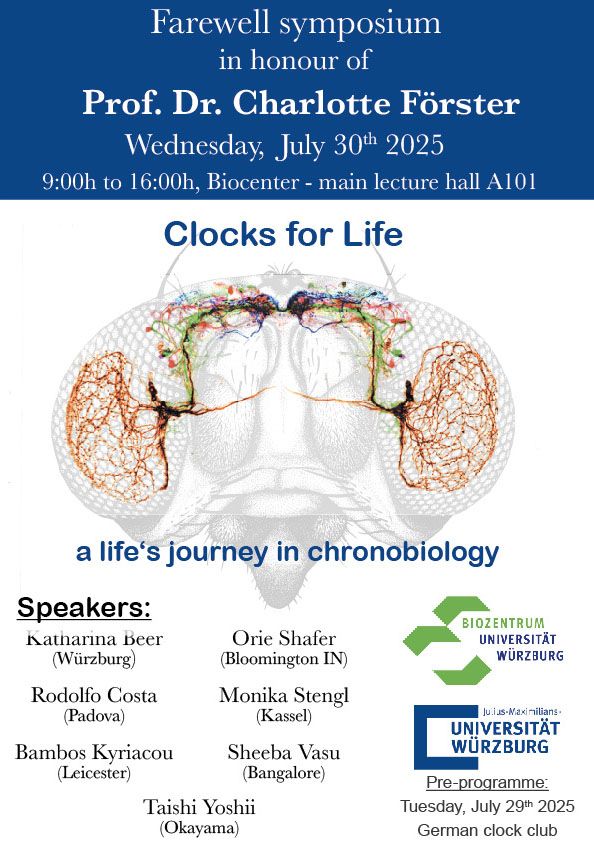
Group leader (University of Würzburg)
Interested in neuromodulation of Drosophila physiology and behavior

Thrilled to share our latest study led by postdoc
@gera_jayati
published in eLife.
👉 doi.org/10.7554/eLif...
Continue reading for a summary. 🧵
We’re looking for postdocs excited about sleep, synapses & cellular neurophysiology (fly or mouse).
Yes, we also have mouse projects!
See details: www.flysleeplab.com/positions
We’re looking for postdocs excited about sleep, synapses & cellular neurophysiology (fly or mouse).
Yes, we also have mouse projects!
See details: www.flysleeplab.com/positions
Thrilled to share our latest study led by postdoc
@gera_jayati
published in eLife.
👉 doi.org/10.7554/eLif...
Continue reading for a summary. 🧵

Thrilled to share our latest study led by postdoc
@gera_jayati
published in eLife.
👉 doi.org/10.7554/eLif...
Continue reading for a summary. 🧵

Application Deadline: March 27
meetings.cshl.edu/courses.aspx...
@cshlnews.bsky.social
@cshlaboratory.bsky.social
@cshlcourses.bsky.social
#cshlflycourse
#scicomm
#drosophila
🪰🧪

Application Deadline: March 27
meetings.cshl.edu/courses.aspx...
@cshlnews.bsky.social
@cshlaboratory.bsky.social
@cshlcourses.bsky.social
#cshlflycourse
#scicomm
#drosophila
🪰🧪
https://www.biorxiv.org/content/10.1101/2025.10.30.685496v1
We set out to answer a simple question:
If the fruit fly #drosophila cannot see clearly, how would they #sleep?

https://www.biorxiv.org/content/10.1101/2025.10.30.685496v1
We set out to answer a simple question:
If the fruit fly #drosophila cannot see clearly, how would they #sleep?
Spooky new preprint from our lab on the cells and circuits that mediate nociceptive behaviors in adult Drosophila, led by graduate student (and newly minted PhD!) @jonesjes.bsky.social.
🪰⚡👻🎃
www.biorxiv.org/content/10.1...

Spooky new preprint from our lab on the cells and circuits that mediate nociceptive behaviors in adult Drosophila, led by graduate student (and newly minted PhD!) @jonesjes.bsky.social.
🪰⚡👻🎃
www.biorxiv.org/content/10.1...

🗓 13 Nov 2025, 16:00 CET
🎙 Alexander Aulehla (EMBL Heidelberg), &
🎙 Christopher Bell (Uni of Oxford)
See you there!
🗓 13 Nov 2025, 16:00 CET
🎙 Alexander Aulehla (EMBL Heidelberg), &
🎙 Christopher Bell (Uni of Oxford)
See you there!
“Sexual dimorphism in the complete connectome of the Drosophila male central nervous system” www.biorxiv.org/content/10.1...
We describe the #connectomics reconstruction and analysis of an entire adult #maleCNS #drosophila central nervous system. 1/10
“Sexual dimorphism in the complete connectome of the Drosophila male central nervous system” www.biorxiv.org/content/10.1...
We describe the #connectomics reconstruction and analysis of an entire adult #maleCNS #drosophila central nervous system. 1/10

To find out we built a #scRNAseq developmental atlas of the Drosophila nerve cord and linked it to the #connectome 🪰🧠
#preprint thread ⬇️1/8

To find out we built a #scRNAseq developmental atlas of the Drosophila nerve cord and linked it to the #connectome 🪰🧠
#preprint thread ⬇️1/8
Preprint: doi.org/10.1101/2025...
#Neuroscience #Connectomics #vEM #VectorBiology 🧪

Preprint: doi.org/10.1101/2025...
#Neuroscience #Connectomics #vEM #VectorBiology 🧪
Preprint: doi.org/10.1101/2025...
🧪#Neuroskyence
Preprint: doi.org/10.1101/2025...
🧪#Neuroskyence
Different from prior connectomes - it is brain + cord (think spinal cord)
We use it to ‘embody’ the system and find it resembles ‘subsumption architecture’ doi.org/10.1101/2025...
Different from prior connectomes - it is brain + cord (think spinal cord)
We use it to ‘embody’ the system and find it resembles ‘subsumption architecture’ doi.org/10.1101/2025...
Explore the data here: codex.flywire.ai?dataset=banc
Check out the preprint here: doi.org/10.1101/2025...

Explore the data here: codex.flywire.ai?dataset=banc
Check out the preprint here: doi.org/10.1101/2025...

please RT
www.sprecherlab.com

please RT
www.sprecherlab.com
www.kuleuven.be/personeel/jo...

www.kuleuven.be/personeel/jo...
You can read the full study here:

You can read the full study here:

Antarctic krill use their clock to control daily rhythms of swimming activity across a wide range of photoperiods, which helps them adapt to their high-latitude habitat🌊🦐🕖☀️
Great collaboration between @uni-wuerzburg.de, @awi.de, @hifmb.de!
doi.org/10.7554/eLif...

Antarctic krill use their clock to control daily rhythms of swimming activity across a wide range of photoperiods, which helps them adapt to their high-latitude habitat🌊🦐🕖☀️
Great collaboration between @uni-wuerzburg.de, @awi.de, @hifmb.de!
doi.org/10.7554/eLif...
with Yanez-Guerra et al.
https://www.biorxiv.org/content/10.1101/2025.04.18.649542v1
Trichoplax has tryptamine, tyramine, and phenethylamine receptors […]
[Original post on biologists.social]



